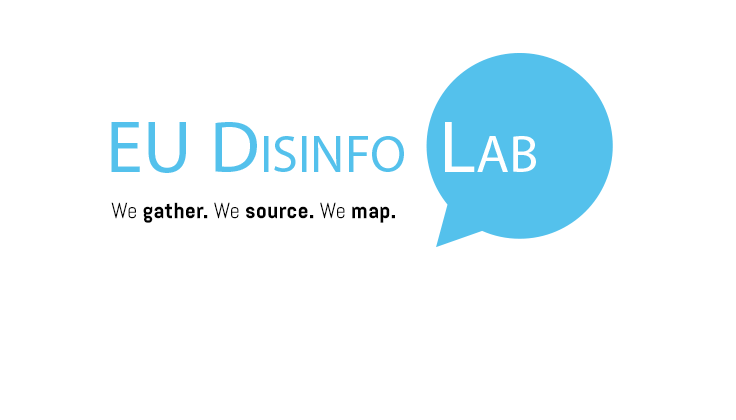By Raquel Miguel, Researcher at EU DisinfoLab
When confronted with a hoax, disinformation researchers often wonder about its relevance: is it just an isolated post? Will it go viral? And if it does, could it have any impact in the offline world? The study of the impact of mis- and disinformation is one of the most challenging aspects for researchers, but it is also extremely relevant.
Experts have already worked in this field with compelling results, such as Ben Nimmo, who created the Breakout Scale, designed to measure the impact of influence operations. However, applying the scale to a single hoax is complex and often unfeasible. This issue inspired EU DisinfoLab to elaborate a simpler alternative that researchers can use in their daily work to analyse single pieces of disinformation. They can apply it hoax by hoax, optimising efforts to rapidly identify those falsities that potentially carry greater risk or may lead to more articulated campaigns.
In addition to this, the Digital Services Act (DSA) sets obligations for how digital services deal with content that has societal risks, and therefore measuring the impact of disinformation could be decisive in the assessment of these risks.
The EU DisinfoLab impact-risk index offers an approach to assess the potential impact of single hoaxes. This index could also go beyond the assessment of single hoaxes and could be applied to other claims. The method goes through a simple list of eight indicators related to the virality and engagement of a single disinformative content, whose scores will be translated into a final scale measuring the low, medium, high, or alarming impact-risk. The scale might be improved in the future to better meet the needs to the community, but it currently offers an immediate and unique method of assessment whose benefits surely surpass the possible limitations.


